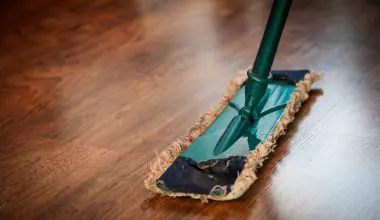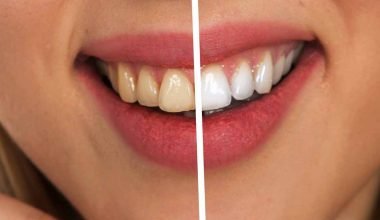Table of Contents Show
With increasing environmental consequences and negative effects of consumerism, we have realized the dire need of changing our shopping behaviors. Luckily, awareness of these negative effects has improved over the years. We have seen a change in shopping trends with people adhering to minimalism over the years.
What is Minimalism?
Minimalism is a lifestyle choice that involves the need to cut back on the number of things a person owns. This approach is opposite to consumerism, in which people have the ideology of constantly buying things that are new on the market, even though they may not need them in the immediate future.
Minimalism is a very good trend to follow and adopt, especially if you want a good sustainable environment free of unnecessary cluster of items in your home.
Roots of Minimalism
The growth of minimalism initially started in the United States, but now is gaining popularity across the continents of Europe, Asia, and even Africa. Although the objective of this movement is the same, the way these movements are inspired in various populations is completely different.
For instance, the minimalism movement in japan is more due to spiritual belief involving Buddhism and Zen; while the movement in Scandinavian nations is focused on achieving the cleanest possible design.
The trend of minimalism is constantly being adopted by the millennial generation. Although millennials were raised by a generation of baby boomers who had the mindset of hoarding onto everything possible, they are heading in a complete opposite pathway and for a good cause.
Environmental Benefits of Minimalism
Spending and consuming less definitely goes a long way in reducing impact on the environment. It brings a sense of responsibility in a person, giving them an attitude that involves careful monitoring of the product they are using and buying. This behavior leads to lower production, lower consumption and eventually lower waste. Even the smallest of things you choose to buy can have a major impact on the environment.
Tech Products – Packaging

Let’s consider you buying a laptop or a smartphone. Tech products usually come in a box further put in a plastic shopper when you buy it at a shop. If you choose to buy online, it will come with more packing material designed to protect the product from freight damages.
The materials solely being used to transport your product safely tend to produce a lot of environmental waste and fill landfills. It seems small when you see it on one phone, but let me tell you 161 Million of smartphone shipments were made last year in 2019. Can you imagine the Environmental Footprint on that!
Best in the long run
Choosing to go minimal allows you to have a better sense in buying products that are high in quality and top of the line. Even if they are initially expensive, you will surely find these products to be beneficial in the long run as you will be using it for a long time rather than changing it on an annual basis as most people currently do. Doing this means less waste as you are disposing of less material that may harm the environment.
Live small, save more!
The minimalist movement is constantly rising in combination with the tiny home living trend as well. Choosing to live small, with limited good quality products that are essential for everyday use not only tends to have an excellent eco-friendly benefit but also reduces mortgage and saves you money in short term as well as long term.
Smaller homes consume less energy. Reduced energy consumption means that you are helping in saving valuable energy resources which can be used for other purposes. Smaller homes also tend to use less material to build, meaning less pollution will occur during the construction of the property.
These homes can be installed with solar panels, helping to produce electricity sufficient enough to power the house and save electricity bills. This shows that small homes with minimal use of products help to make a cost-effective lifestyle, with less waste being produced and less energy being consumed.
Fast Fashion
The trend of fast fashion provokes the average buyer to constantly buy more and more. This is especially true for clothes requiring a high amount of water to produce and which contribute to waste material being found in areas such as shorelines, which eventually harm the plant and animal life.
How does Minimalism help financially?
This is helping people save money and live a life based on thoughtful purchasing and saving. Savings can be used for many other important purposes; such as paying student loans or paying off house mortgages. This comes from 47 year old Michael Bloom who has started saving 17% more for his mortgage after adopting a minimalist lifestyle.
Why Choose Minimalism over Consumerism?
Consumerism is a huge contributor to the ongoing event of climate change, being responsible for about 60% carbon gas emissions which cause the greenhouse gas effect. Consumerism is much higher in rich countries than in poorer developing countries. The demand for consumer-related goods and their constant production, processing, and transportation have led to enormous gas emissions across the world. This has made it more evident than ever that people should start adapting minimalism to mitigate the threat of climate change.
Conclusion
Minimalism is a great way to help the environment. Anyone from any social class may choose to adopt this approach and see that they are making a wide impact not just on themselves in terms of financial gain, but are building a more eco-friendly environment that is safe for plants and animals and preventable from deterioration.






